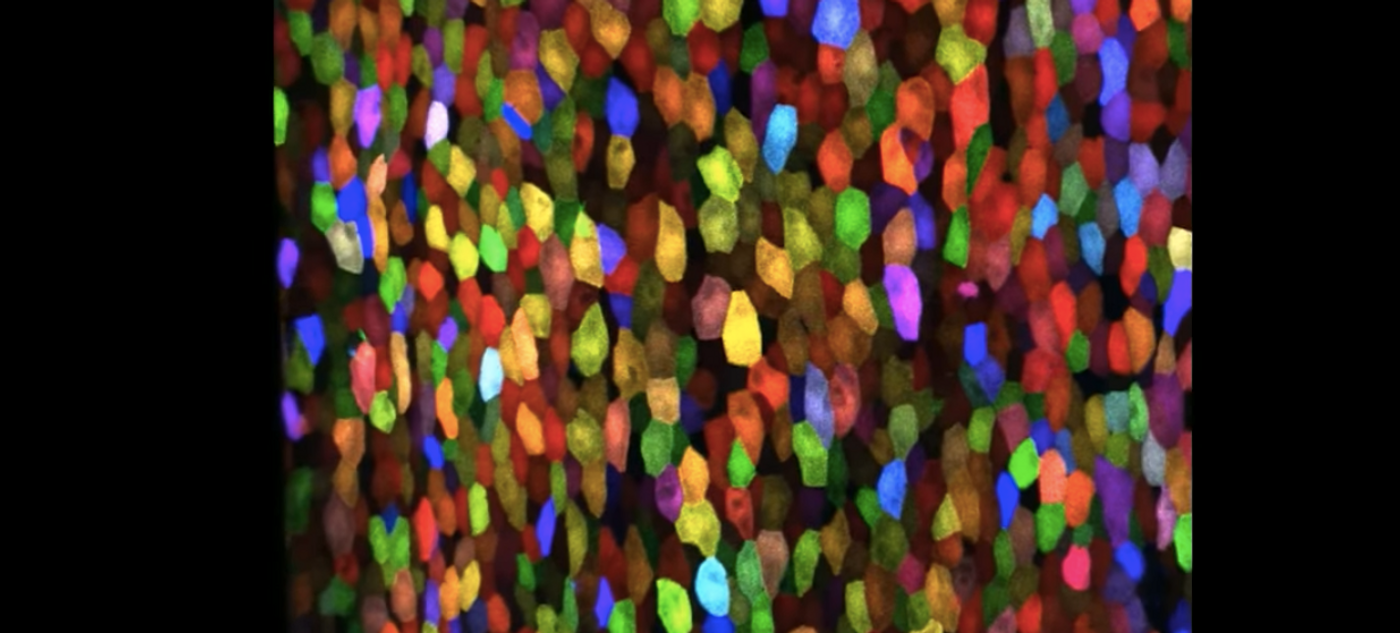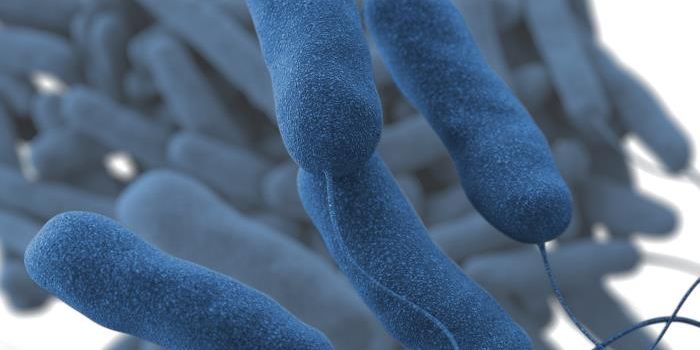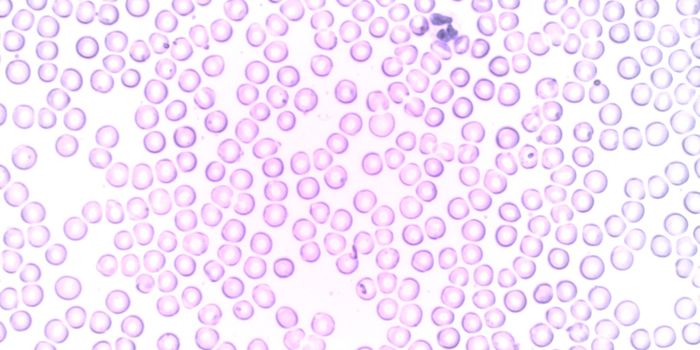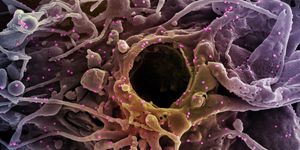A New Type of Cell Division is Discovered
Scientists studying zebrafish larvae noticed something weird. Skin cells seemed to be dividing without replicating their DNA. They confirmed that what they were seeing was real, upending what we thought we knew about cell division across biology.
There have been two types of cell division that we've known about for a long time, and they have been studied extensively. Organisms that reproduce sexually have a certain population of cells called germ cells that undergo meiosis. In one of those cells undergoing meiosis, the DNA is replicated and two cycles of cell division then occur, which generates four daughter cells, gametes, with only half as many chromosomes as the parent cell. Gametes come back together to produce a zygote with the normal amount of DNA. In mitosis, one cell duplicates its DNA, and those two copies of the genome are then carefully separated and distributed equally to two new daughter cells. The daughter cells have the same number of chromosomes as the parent cell.
But in this new type of cell division, which has been called asynthetic fission, cells can undergo up to two rounds of cell division without producing any new DNA. The findings have been reported in Nature by Chen-Hui Chen of Academia Sinica and colleagues, and are outlined in the video.
In this study, the researchers genetically engineered a zebrafish they called palmskin. The skin cells, or superficial epithelial cells (SECs) of this model were labelled with various colors, so that each individual cell could be tracked as the fish grew.
Time-lapse imaging revealed that one SEC was generating up to four daughter cells, but staining showed that this was occurring without replicating the DNA. Incredibly, not all of the daughter superficial epithelial cells were carrying a full genome in these otherwise normal and healthy zebrafish, something that's never been observed before.
The study authors noted that this seems to only happen at a developmental stage when the fish is growing quickly, and it is probably a very efficient way to ensure there are enough cells to go around when the animal needs them to cover its rapidly increasing surface area. They found that as these animals aged, the unusual SEC cells that lacked a full genome were gradually replaced with normal epithelial cells that did contain the whole genome.
This asynthetic fission might be triggered as the skin stretches, or activated by tension.
Now the researchers are interested in learning about whether asynthetic fission occurs in other organisms or contexts. For example, is there a time or place when this might be happening in people?
Source: Nature









